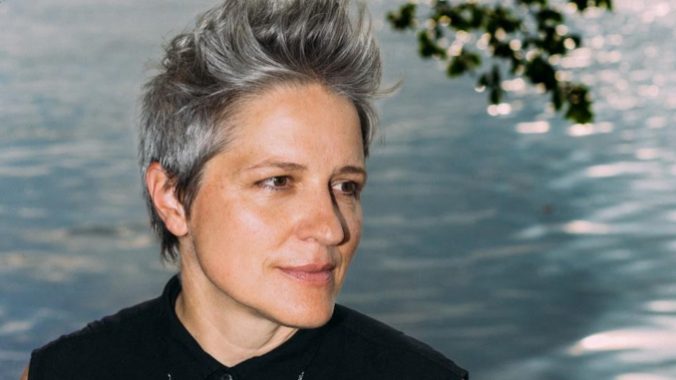Give the Jazz Drummers Their Due
Photo by Erika Kapin (Courtesy of JP Cutler Media)
The most exciting jazz reissue of the year has been Evenings at the Village Gate: John Coltrane with Eric Dolphy, a tape rescued from the forgotten bowels of the New York Public Library. It captures these jazz giants performing at a Greenwich Village basement club during their all-too-brief, six-month collaboration.
Much of the attention lavished on the two-CD reissue has gone—and deservedly so—to the two reed players who were finding new ways to remake compositions through freewheeling improvisation. But the discs also capture drummer Elvin Jones at his peak, refashioning the possibilities of rhythm as thoroughly as Coltrane and Dolphy were reinventing harmony.
It’s a welcome reminder that drummers can do a lot more than just keep time. Just as horn players can leave the original melody implied as they improvise variations, so can drummers leave the underlying pulse implied as they play alternate patterns against the unstated groove. And it’s that distance between the implicit and the explicit that allows percussionists to bring their creativity and personality to the music.
There are a lot more opportunities to explore these possibilities in jazz than in pop music. It’s no surprise that one of the most impressive bandleaders in jazz today is a drummer: Allison Miller. Her latest album, River in Our Veins, finds her leading a sextet with five of her frequent collaborators: pianist Carmen Staaf, violinist Jenny Scheinman, clarinetist Ben Goldberg, bassist Todd Sickafoose and trumpeter Jason Palmer.
Miller’s dozen compositions are built from the bottom up, with a strong pulse that governs the music even when it’s left unstated. The rhythm section of Miller, Staaf and Sickafoose plays around the edges of that groove, revealing the many ways it can be syncopated, multiplied and punctuated. And it’s out of those ever-shifting rhythms that the horn and fiddle lines take shape.
The album includes a tune named “Potomac,” the river near Miller’s childhood home in Maryland, and another called “Hudson,” the river near her current home in New York. There’s also the powerful influence of the Mississippi as it flows through New Orleans and the push-and-pull carnival dancing in that city’s streets. An echo of that city’s birthing of jazz can be heard in the clarinet/trumpet give-and-take—and even more so when the five guest tap-dancers are added to the sextet. The clickety-clack of their metal-studded soles reinforces the difference between machine beats and human-body beats—less perfect perhaps but more compelling.
-

-

-

-

-

-

-

-

-

-

-

-

-

-

-

-

-

-

-

-

-

-

-

-

-

-

-

-

-

-

-

-

-

-

-

-

-

-

-

-








































